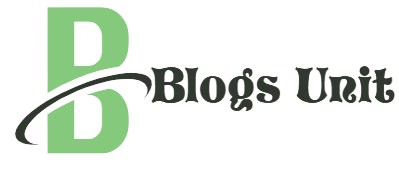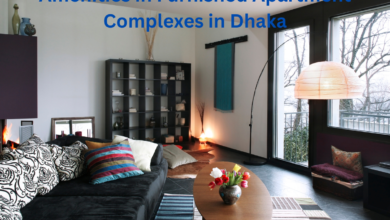A Handbook for Dynamic Content Applications

Content management systems power the vast majority of websites and apps in the online media space (CMS). The best way to SEO services CMS Web designing for these applications is to prioritize content over style.
UI/UX techniques for the ever-changing world of content-driven online media.
Content management systems (CMS) such as WordPress, Drupal, and others power the vast majority of web applications and mobile apps, particularly in the online media space. These systems were created to meet the demands of an internet age in which content is king and dynamic—changing constantly and frequently.
In the past, most websites were static, not designed to evolve and grow with the user. They are now recognized as living systems, and there is an optimal way to design for them.
The following is a guide for digital designers who want to go beyond static websites and landing pages and start designing for dynamic content-driven applications like news sites, blogs, or even social networks where users regularly publish content. Designers will need to understand how these types of applications are typically structured as well as adopt a “content-first” mindset in the design process in order to make this transition.
IA Patterns in CMS Web Design in CMS-driven Applications
Designers should have a mental model of the common information architecture patterns in a CMS-driven application, especially if they are working on the UX (user experience) and designing it from scratch. There are several page types that are common and essential to these applications, and they frequently connect in a predictable manner, with the “post” serving as the core component. There is no theoretical limit to the number of posts that can be included in an application.
The Front Page
This is the official point of entry and is frequently confused with the home page.
It is very common, especially when there is a lot of content to access, because it helps to highlight or feature the most important information.
This page typically displays abridged versions of posts that do not reveal too many details.
Page of Posts
If a CMS-driven application’s core unit is the “post,” then the post page is where all public details about a post are displayed.
It is most likely the application’s only truly critical page, and it could be an article page or an informational page about a specific event, person, group, product, etc.
In some larger applications, multiple types of posts and post pages may be designated.
Page of Listings/Categories
This type of page is useful for allowing users to browse all available posts and filter them based on category, attributes, or other criteria.
When there is a lot of content to scroll through, a sort option is also useful.
Page of Search
A dedicated search page is not required for smaller applications, but it is always useful.
It can sometimes be merged or integrated with the category/list page.
Author/User Profile
This page is dedicated to every author or user who publishes one or more posts.
It is sometimes skipped on small news sites and single-author blogs, but it is essential on large multi-author news sites, content-driven social networks, and other user-generated applications.
This page should include a list of all of the user’s posts, which is a common and useful practise.
Dashboard or User Home
This page displays information (including posts) relevant to the logged-in user, typically in the form of a personal newsfeed or recommended content, as well as recent activity and statuses.
For gated apps and social network apps, the user home is required, but for others, it is optional or irrelevant.
For latest updates click here




